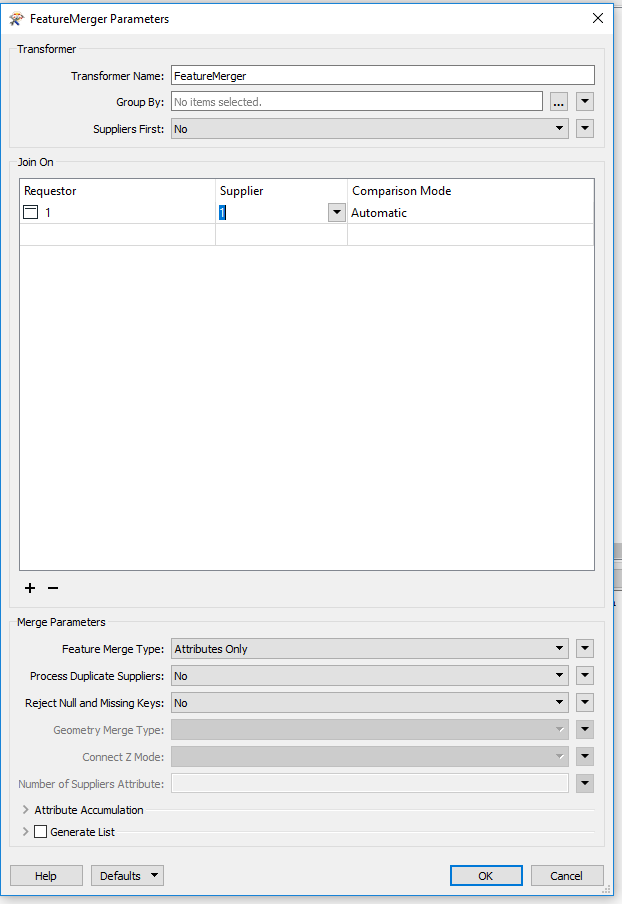Hi everyone,
I have two data sets
- One contains many catchment areas and their sizes (calculated)
- The second has the total area of all catchments (Calculated)
I need to join these two so that I can then use an ExpressionEvaluator on them to determine percentages. How do I do this if they do not have a common attribute to join on? I tried a FeatureMerger assigning them both a value of 1 as I thought I read somewhere that that would work... but can not find that article again :-(
Thanks!
Iris








